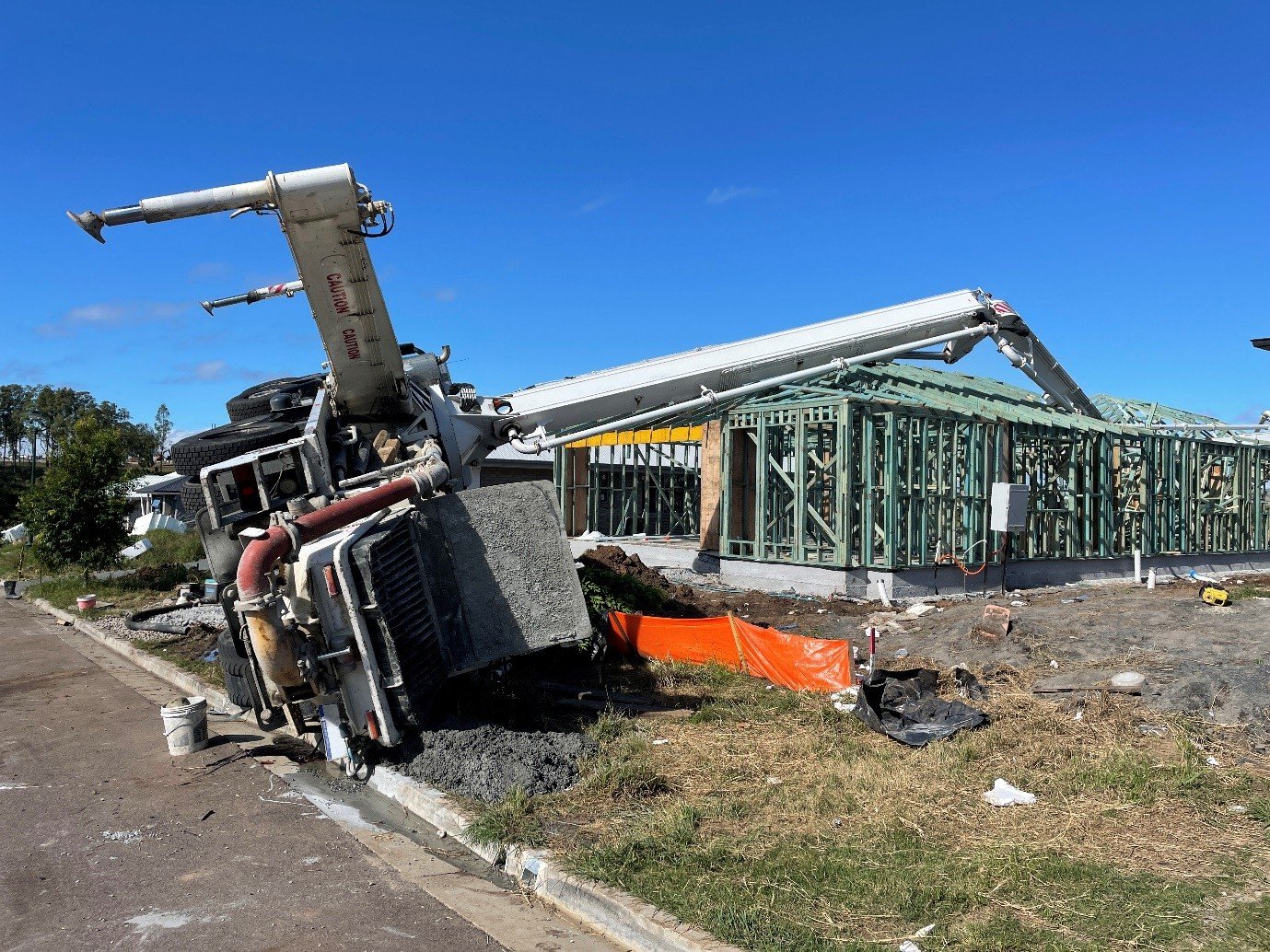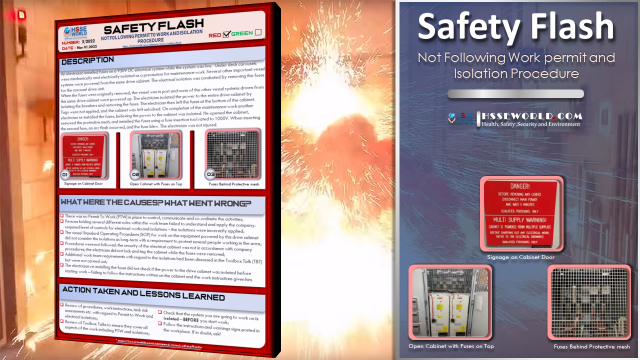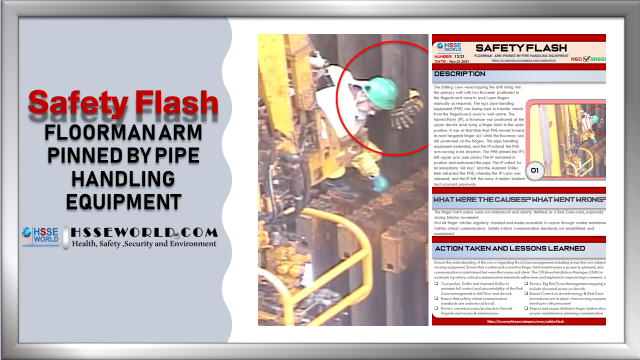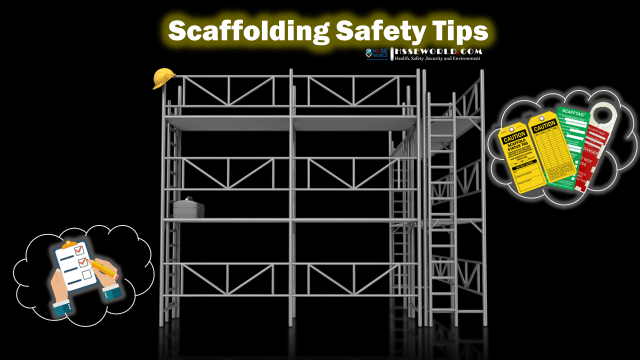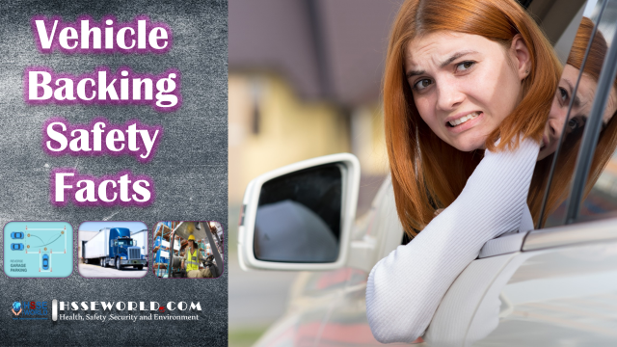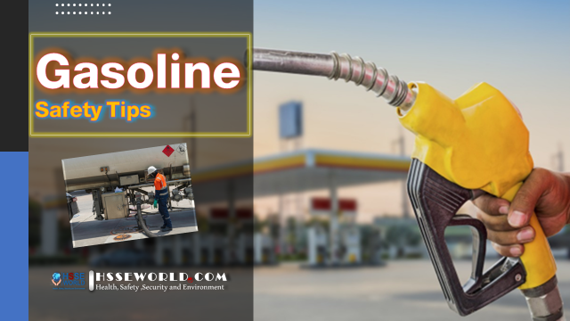Defensive Driving and Traffic SafetyTips
[vc_row][vc_column][vc_column_text]All drivers face many responsibilities for their own safety and that of others. High speeds, increasing density of traffic, the variety of highway designs/ conditions as well as off-highway travel require knowledge and skill to handle a motor vehicle safely.This information article will help you to better understand and meet the driving conditions in .any place you drive.[/vc_column_text][/vc_column][/vc_row][vc_row xt_row_type=”in-container” xt_border_top=”0″ xt_bg_position=”middle” xt_bg_attach=”scroll” xt_pattern_opacity=”100″ css=”.vc_custom_1490255648234{background: #e8e8e8 url(https://hsseworld.com/wp-content/uploads/2017/03/blurred-background-4.jpg?id=5377) !important;}”][vc_column][vc_column_text css=”.vc_custom_1491128791697{margin-top: 2px !important;margin-left: 2px !important;}”]
What is in this article?
[/vc_column_text][vc_single_image image=”5496″ img_size=”full” alignment=”center”][/vc_column][/vc_row][vc_row xt_row_type=”in-container” xt_border_top=”0″ xt_pattern_opacity=”100″ xt_row_id=”Set Up Your Workstation”][vc_column][vc_column_text][/vc_column_text][vc_tta_pageable no_fill_content_area=”1″ active_section=”1″ pagination_color=”mulled-wine” css=”.vc_custom_1490255059671{margin: 0px !important;}”][vc_tta_section title=”Section 1″ tab_id=”1490254885380-c42717bb-64c7″][vc_column_text]
Traffic Safety Tips
- Always check the vehicle prior to driving it.(Use the checklist
 provided this website forms for your daily inspection)
provided this website forms for your daily inspection) - When driving, keep a safe distance, at least 3 seconds between you and the vehicle in front of
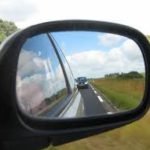 you.
you. - Do not change lanes unless you are 100% sure it is safe to do so. Do not only rely on your rear view mirrors because they have blind spots. Look over your shoulder.
- Always stay within the speed limits and do not over speed. You will have more time to react if you drive under the speed limit.
- Your safety belt must always be fastened when driving a vehicle. Ensure that everyone in the vehicle is buckled up.
- Never drive a vehicle after taking medication that makes you drowsy.
- Never use your mobile phone while driving.
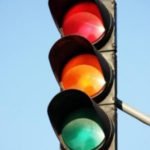
- Obey traffic signals
- Avoid reckless drivers on the road to the best of your ability.
- Stay clear of reckless drivers and do not attempt to overtake them; You do not know what to expect next.
- Ignore foul hand signs and abusive language.
- By apologizing, even though you were in the right, might just diffuse another driver’s ego.
- Always be on the lookout for pedestrians, cyclists, cars entering intersections and objects on the road.
- Always use your vehicle signals. If necessary, also use hand signals to tell other road users what your intentions are.
- Do not overload pick-up’s and delivery trucks.It will become unstable and tires will burst due to extra weight and pressure.
- Drive to the right and use the left lane to pass a another vehicle to the left.
- Vehicles entering an intersection or traffic circle from the left, should give other traffic already in the circle or traveling from the left, the right of way.
- Never stop suddenly on a highway, pull into the emergency lane instead
Buses And Mini-Buses
- Always keep your bus clean on the in and outside and ask passengers to remove their rubble.
- Plan the route you are going to use to get to your destination, before hand.
- Always use routs that you are familiar with.
- Always drive to the right side of the free-way and never overtake unless it is absolutely necessary.
- Never over speed, stay within the speed limits.
- If you drive at a moderate speed, you will have more reaction time during a crisis.
- If you become sleepy while driving a vehicle, it’s better to stop and take a rest. Always designate someone to stay awake with the driver to prevent him from falling asleep behind the steering wheel.
- Designate more than one driver to relieve the other when driving long distances.
- If you experience a breakdown or a flat tire with your vehicle while driving, do not step on the brakes. Gear down to slow down speed until it’s safe to lightly apply breaks. Park the vehicle completely off the road if possible. Turn on your hazard lights and place the triangles a minimum of 25 meters behind and in front of the vehicle.
- Do not stop on free-ways to take a rest, rather stop at a gas station or a designated place where your vehicle will be completely off the road.
- Be on the lookout for pedestrians and animals.
- Drive your Bus or Mini-Bus, using both hands. Due the configuration of your vehicle, it has a greater wind resistance and you could easily loose grip on your steering wheel during high winds or poor road conditions.
- During high density fog or dusty conditions, turn on the head lights (low beam, not high) as well as the hazard lights to warn other vehicles of your presence.
- When you have to cross a road or intersection, ensure there is no oncoming traffic.
- Be extra cautious when driving towards intersections and traffic lights.
[/vc_column_text][/vc_tta_section][vc_tta_section title=”Section 2″ tab_id=”1490254885568-b59f49ed-0d1e”][vc_column_text]
Accident Avoidance
- Using the 5 seeing habits helps us to avoid accidents and potential accidents.
- Aim high in steering helps to avoid “Head – on Accidents”
- By looking down the road as far as we can see, makes it possible to see problems early. Seeing problems early gives us time to react and avoid bad situations.
- Avoid “Rubber Necking”and always concentrate on the road.
How to prevent and avoid the Head-on: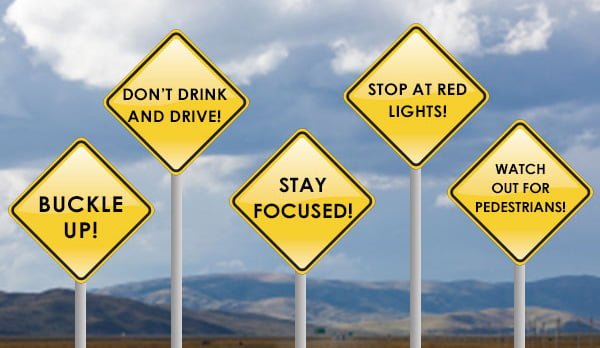
- Read the road for 30 to 120 seconds.
- Reduce speed
- Move to your side of the road or drive right off the road.
- Warn the other driver if you have time.
- Brake hard by pumping the brakes to prevent skidding.
- Release your brakes.
- Drive right off the road and stop your vehicle.
- Watch out for frustrated drivers approaching in your lane. Head on’s are the deadliest of them all.
- Never go into the opposite lane. Oncoming driver may attempt to swerve back onto his side of the road.
- Look for something soft like bushes, small trees or a fence.
- Moving into the same direction even if it means hitting another driver.
- Hit something fixed like a parked car, a sign, or a barrier.
- Glance off by hitting a fixed object or a oncoming car at an angle, when there’s no way to avoid it.
[/vc_column_text][/vc_tta_section][/vc_tta_pageable][/vc_column][/vc_row][vc_row][vc_column][vc_column_text]
[/vc_column_text][/vc_column][/vc_row]











